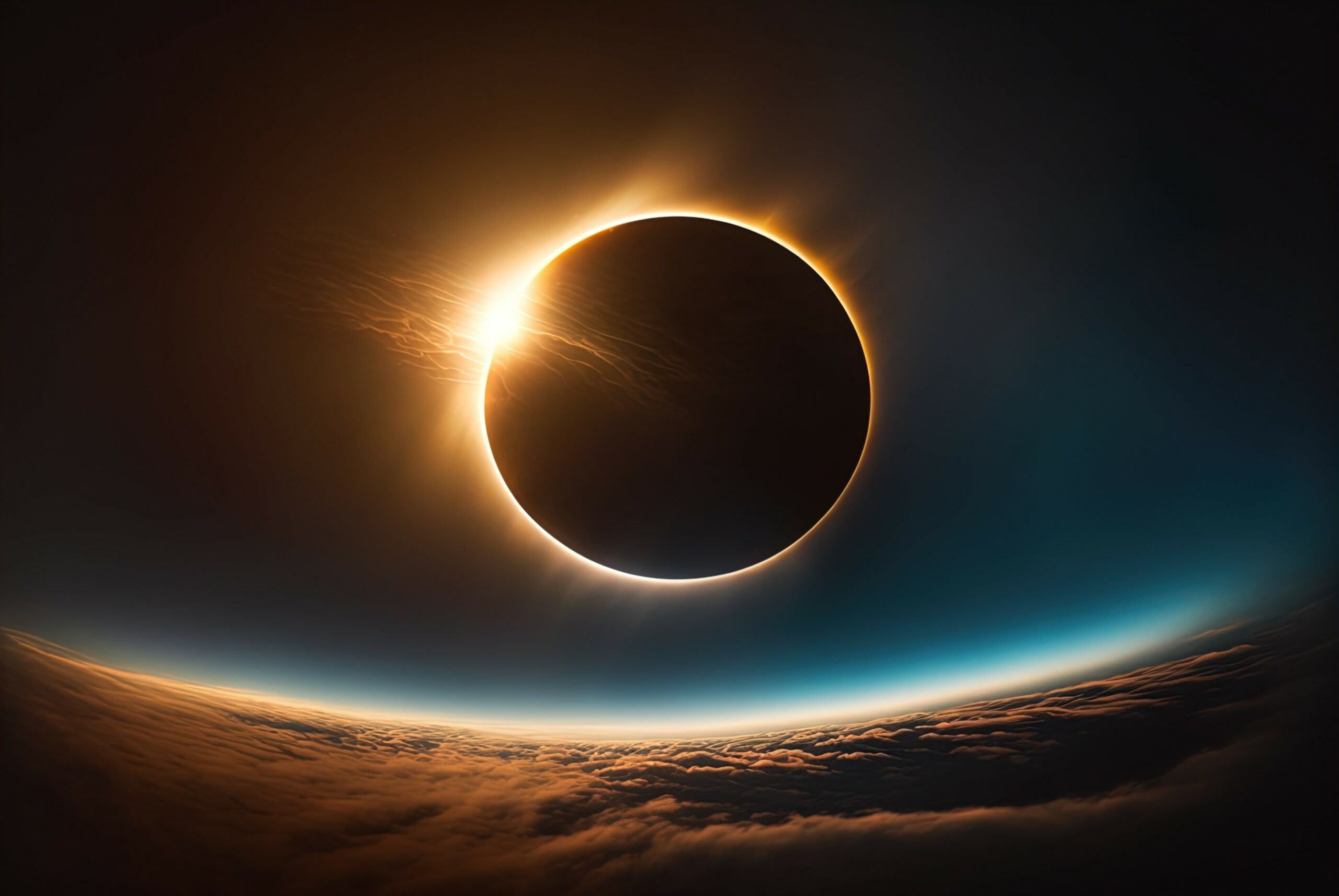
Heavy Rain, Flooding, and Chance of Severe Weather Staring Down the Southern U.S.
January 22, 2024
Posted: October 13, 2023 9:00 am





A much-anticipated annular solar eclipse is going to carve a path through several U.S. states early Saturday. Here are the details about this “ring of fire” eclipse and how you can safely view it.
About the October Annular Eclipse
The upcoming eclipse will be visible in a number of states starting after midnight early Saturday. This particular eclipse is annular, meaning that the moon will be positioned between the sun and Earth. The viewing area will encompass a narrow zone of less than 150 miles wide. States in the direct path of the eclipse include Oregon, Idaho, California, Nevada, Arizona, Utah, New Mexico, and Texas.
The rest of the country will be able to view a partial solar eclipse. A lesser percentage will be in place the farther out that you get from the direct path. For instance, states with a 70 – 80% view include portions of Washington, Montana, Wyoming, Colorado, Kansas, Nebraska, Oklahoma, Louisiana, and Arkansas. This is the first time since 2017 that all of the U.S. will be able to see at least a partial solar eclipse.
The annular eclipse will begin at 12:13 am EDT in Oregon, lasting until 1:03 pm EDT in Texas. The spectacle will then be visible in parts of Mexico, Guatemala, Belize, Honduras, Nicaragua, and Panama.
Looking ahead, the next annular eclipse will not take place until October 2, 2024. This astronomical event will only be visible in parts of South America and the Southeast Pacific. The next total eclipse is set to happen on August 12, 2026, visible across the Arctic, eastern Greenland, Iceland, and the northern tier of Spain.
How to Safely View the Eclipse with Solar Filters
If you are lucky enough to live in the path of the upcoming annular eclipse, you will want to make sure that you are equipped to safely view this celestial happening. Trying to view the eclipse without proper protection can cause permanent damage to the eyes.
The easiest way to view the eclipse is through a pair of specially designed glasses. Some Americans may still have the glasses that they purchased to use during the Great American Eclipse of 2017. These glasses are still safe to use again, provided that they have been stowed properly and not scratched.
The glasses should have a “ISO 12312-2” label printed on them. This designation is the recognized international standard used to categorize proper eclipse viewing glasses and solar filters. In addition, you can also safely use shade 14 welding glasses.
Other Ways to View the Annular Eclipse
If you do not have formal eclipse viewing glasses on hand, there are a number of hacks that you can use to safely watch this event unfold in the sky. It is easy to make a pinhole projector with items that you likely already have in your home. This type of do-it-yourself projector indicates how much of the sun is being obscured by the moon.
All that you need to make this projector is an empty cereal box, tape, a piece of aluminum foil, and a pair of scissors. Simply find a YouTube video to show you how to assemble this in just minutes.
A related way to view this eclipse is to grab a pasta strainer and hold it up so that the sun shines through the tiny holes. You will want to use a strainer that has small circular holes. Rather than seeing circles of light coming in through the shadow, this light will instead take the shape of crescents.
If it is daylight when the eclipse happens in your neck of the woods, you can also simply view the event by looking at the shadows cast by the trees. You will want to look down on the ground and watch as the light that shines through the leaves of the trees creates distinctive crescent shapes. The shapes will become more prominent as more light is blocked out by the presence of the moon. You will want to position yourself near trees that still have plenty of leaves on the branches in order to see the best results.
Will the Weather Cooperate?
As with any eclipse, the weather in the viewing areas will determine how successful onlookers are in catching this display of nature. The current forecast could present problems for about half of the country.
The bulk of the West Coast is predicted to see mostly cloudy conditions, hampering the ability to see this eclipse in its full glory. Cloudy skies are also in the forecast for the northern Plains, the Midwest, and the Northeast. You can check your local hourly forecast to determine what kind of luck you may have if you live in any of these areas.
The clouds may break enough across the Rocky Mountains and the Great Basin to provide a peek at the eclipse. The Gulf Coast states, Texas, and the Southwest will likely be treated to the best viewing conditions to see the ring of fire.
Did you find this content useful? Feel free to bookmark or to post to your timeline for reference later.

January 21, 2024

January 19, 2024

January 18, 2024